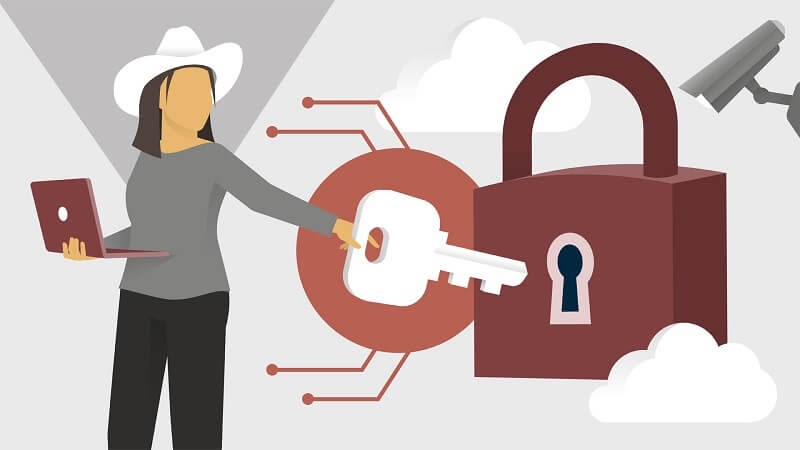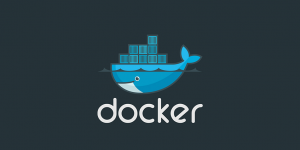
2024 is shaping up to be a big year for container security. Application containers are set to play a key role in the coming decade due to their efficiency in the management of IT infrastructure in application development and deployment. Many organizations are now utilizing containers for the entire software lifecycle. It is a technology that allows them to leverage with ease.However, containers also present specific cybersecurity challenges that must be properly addressed. Let’s take a look at the top 2024 trends that are making waves in container security.
1. Closer Collaboration between DevOps and Security
Security is a key priority for any organization that utilizes a container strategy. Many organizations are pushing for closer ties between DevOps and security teams. A unified and collaborative approach makes sense when it comes to container security. After all, containers help to bridge the gap between infrastructure and security. The DevOps approach allows for roles to become less specific, and for more individuals to have some responsibility for security.
2. DevOps Management Remains the Most Popular Option
The management of container security is largely being done through DevOps, and there are clear reasons for this. The philosophy of DevOps is one that encourages continuous delivery with an Agile approach that sees close collaboration between teams. The management of container security requires various teams to be on-board for it to be successful. Security needs to be integrated throughout the development process rather than being thought of as an add-on delivered by the security team. Containerization and DevOps are a natural fit because their processes tend to mesh easily.
3. Evolution of Security Policy

The update in containers has led to a shift in the way security policy is managed within organizations. In 2024, we are seeing the start of a security application revolution, and ‘policy as code’ is quickly becoming achievable. This is due to the integration of security tools into the wider DevOps pipeline. Teams as a whole can tackle security together rather than leaving this to one specific team. They can designate security policies for new deployments which makes the entire process far more efficient. The protection of containers throughout the entire life-cycle is a key priority for all teams involved in development.
Related Post: IMPORTANCE OF CYBER-VIGILANCE IN DIGITAL MARKETING
4. Mitigating Security Risks
A notable trend that we have seen is an increase in attacks against container infrastructures. Certain vulnerabilities have been pounced on by opportunistic attackers who are managing to outwit organizations. Due to the prevalence of these attacks, organizations have been forced to give far more attention to container security. Issues such as outdated applications or insecure versions of software can lead to major vulnerabilities. Additionally, there can be malware hidden in the code or applications may be buggy.
Organizations typically rely on vulnerability scanners but many are not sufficiently container aware. Therefore, it is crucial for organizations to utilize vulnerability scanners that can provide the ability to scan entire layers of a multilayer container application. Another potential security issue that has less recognition is poorly configured images. Therefore, images should only be pulled from trusted sources.
One major reason for why we are seeing an uptake in the management of container security is due to the way that it can minimize certain security risks. Organizations are realizing that threats such as vulnerability exploits, zero-day attacks, and insider attacks can be mitigated more effectively by implementing container security measures earlier in deployment. Therefore, they are looking at security at the beginning of development rather than near the end.
Also Read: Importance of Mobile App Security and Why it’s Essential to Your Business
5. New Approaches to Thwart Attacks
To stifle attacks, new approaches are being devised by organizations. Many are looking at building security mesh on top of service mesh to counteract the threat of attacks. This leads to application aware protections that provide a better guard for the vulnerable containerized environment. Automation is also playing a larger role in managing the defences. In the near future, it seems as though attackers will continue to play cat and mouse with enterprises. Therefore, it is vital for enterprises to stay ahead of the game and consider out of the box approaches to preventing attacks on their increasingly containerized environments.
6. Containers are Fueling the Push to Cloud 2.0
IT infrastructures are increasingly moving to the cloud, and the use of containers is helping to facilitate this. Cloud 2.0 provides some fantastic features such as native cloud security and networking. Businesses are able to utilize cloud 2.0 to secure the use of containers, and make their organizations more efficient.
7. AWS Dominates Cloud Deployment
Currently, Amazon Web Services have the majority of market share when it comes to cloud container security. This is no surprise, but in recent months, there has been increased competition. Microsoft Azure and Google Cloud Platform are both looking to get ahead. It isn’t a shock to see Google involved since they were one of the first organizations to utilize containers at scale. In the future, we could see the dominance of AWS lessen when it comes to cloud deployment.
Summary
Containers will continue to be increasingly influential for organizations, and they will allow for scaling at a quicker pace.However, the benefits must also be considered alongside security risks. The importance of container security is being realized by a number of organizations. They are also willing to utilize this technology at the very beginning of development and integrate it throughout various teams. The technology is bringing them immense benefits, but they are also needing to stay on top of security. Security policy is being devised with closer collaboration, and it appears as though container security is helping to play a key role to facilitate this.






